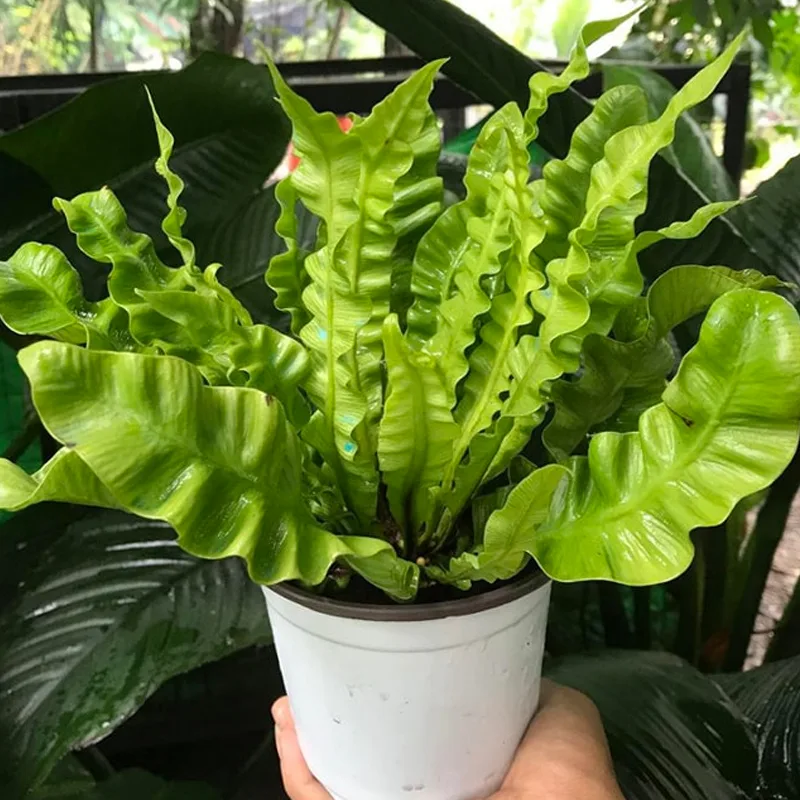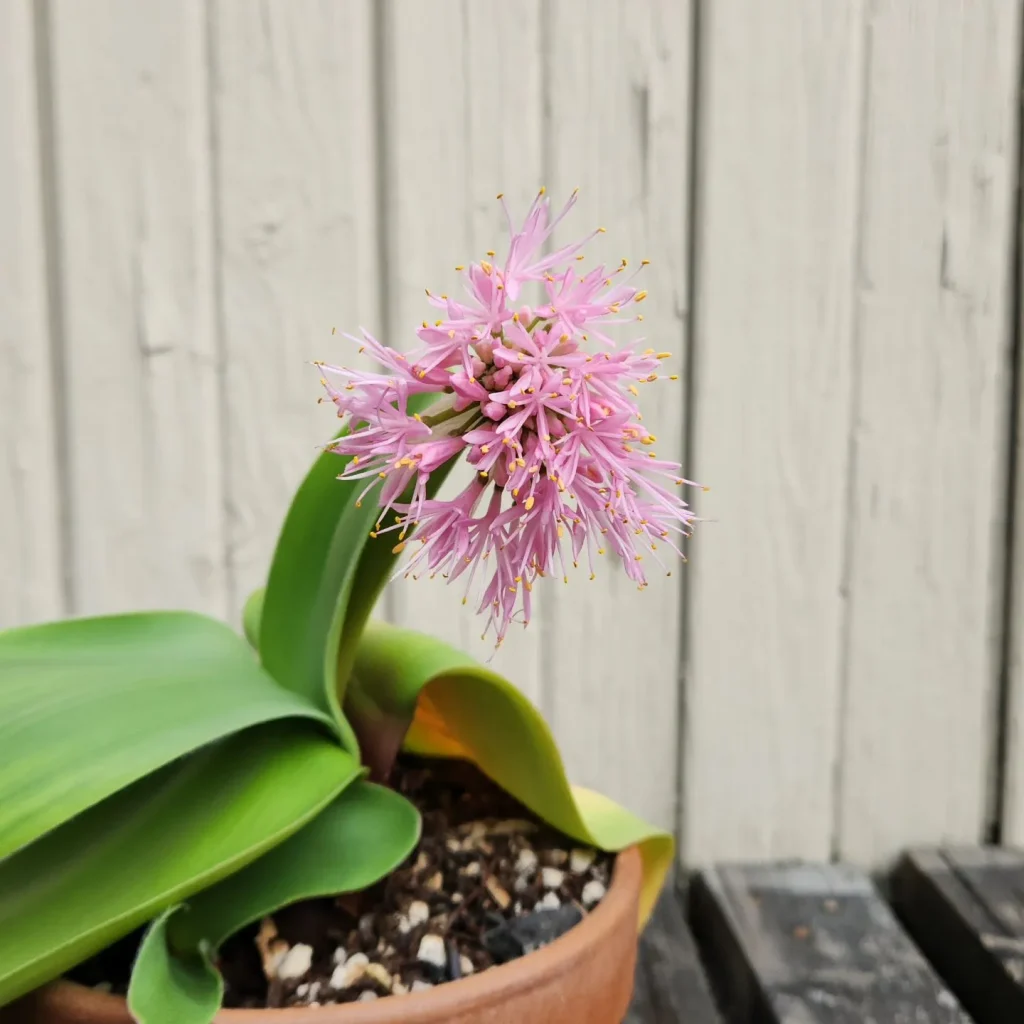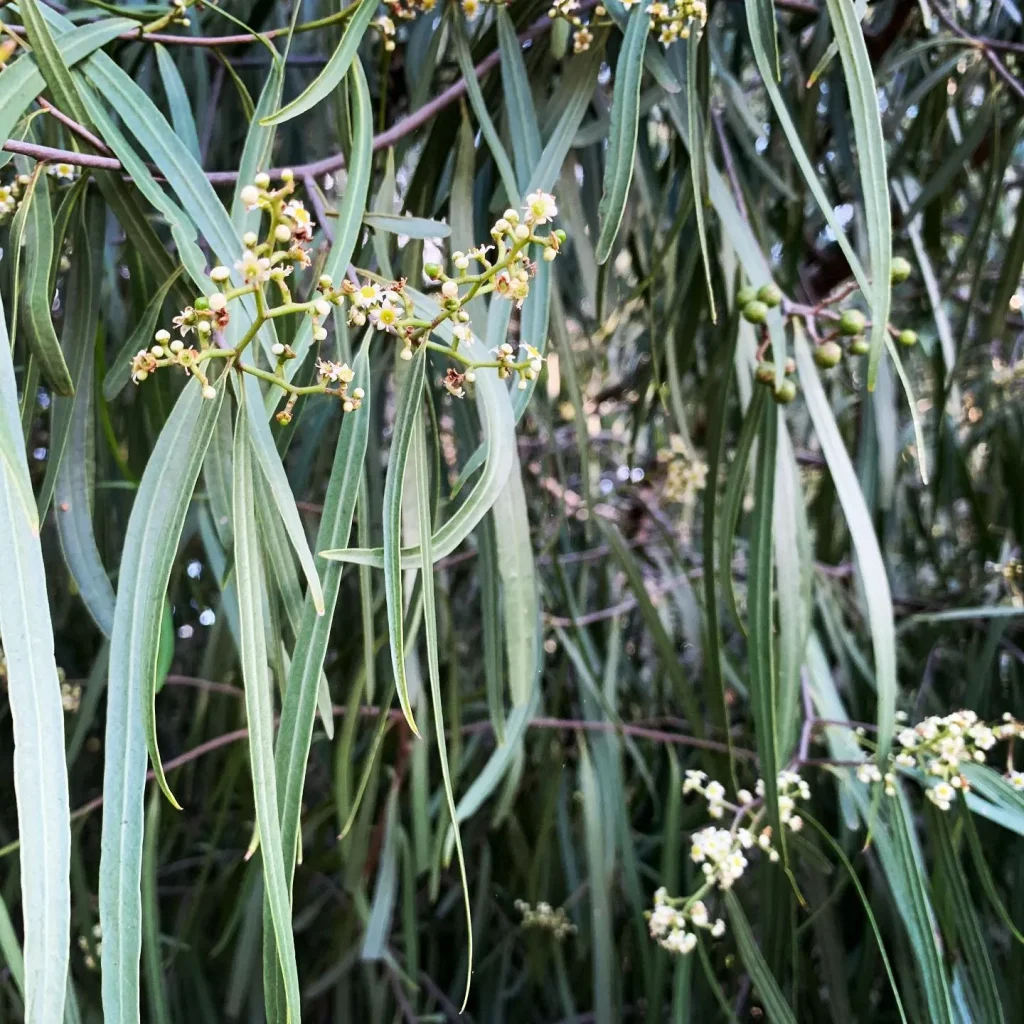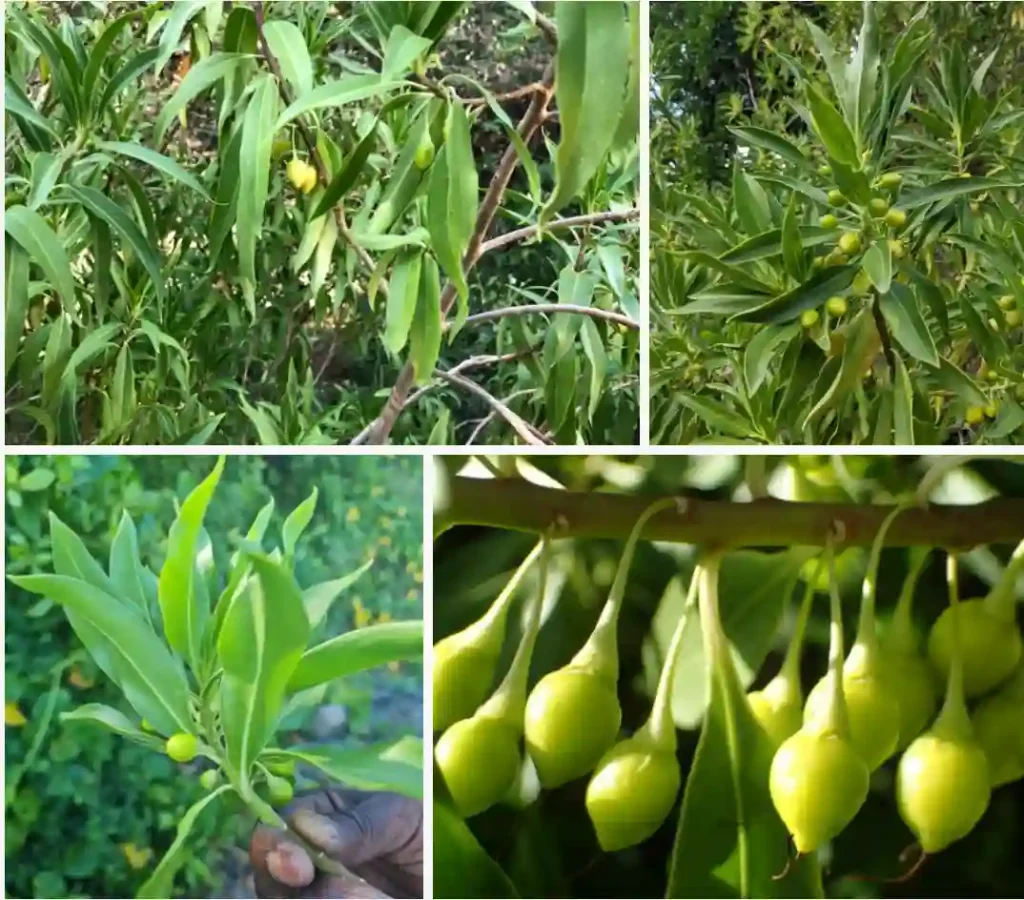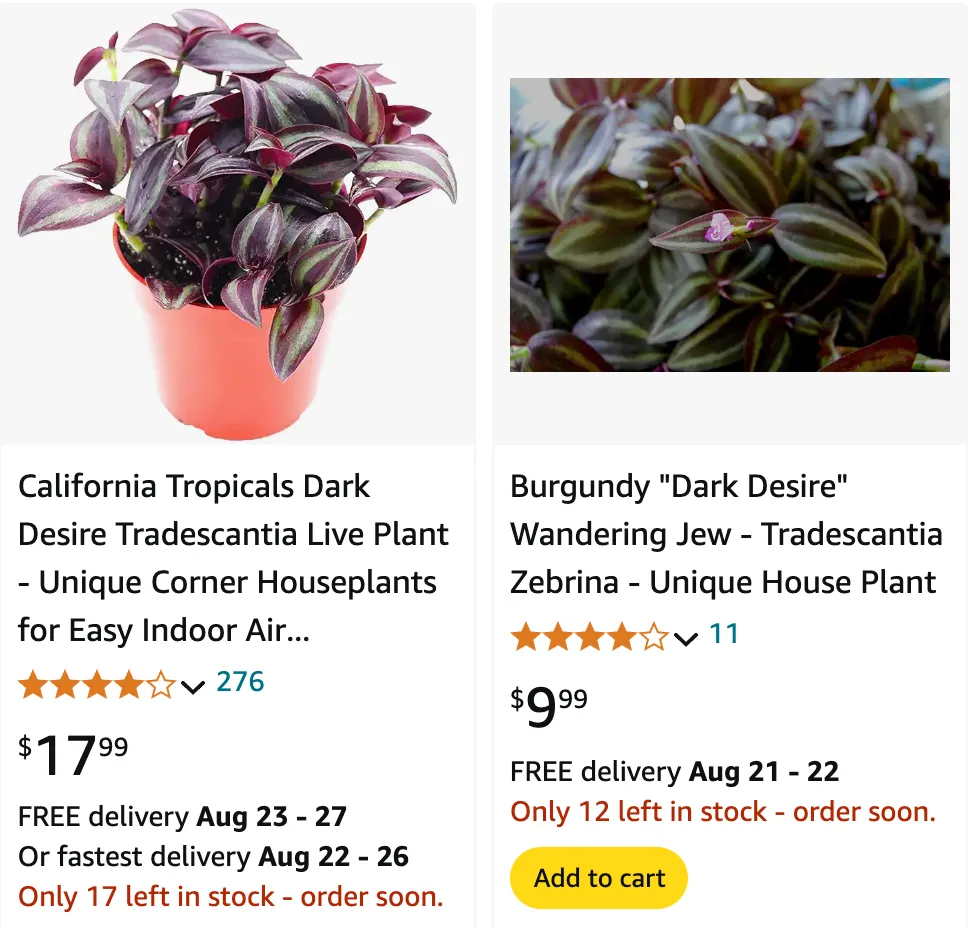
Frequently Asked Questions About Tradescantia Dark Desire
Tradescantia Dark Desire is a striking plant that caught my eye from the moment I first saw it. Its deep, velvety purple foliage and easy-going nature make it an absolute must-have for anyone who loves unique houseplants. Whether you’re an experienced plant enthusiast or just starting, Tradescantia Dark Desire has a lot to offer. Here are some of the most common questions I’ve come across about this beautiful plant, along with my personal insights and experiences.
86 Species in Genus Tradescantia
What Is Tradescantia Dark Desire?
Tradescantia Dark Desire is a variety of Tradescantia, a genus known for its hardy and attractive plants. The defining feature of this particular variety is its deep purple leaves that almost look velvety to the touch. This color makes it a fantastic choice for adding some drama to your plant collection or garden.
Like other Tradescantia species, Dark Desire is native to the Americas and is sometimes referred to as a spiderwort. The plant is relatively low-maintenance and fast-growing, making it a popular choice for both indoor and outdoor settings.
How to Care for Tradescantia Dark Desire?
Caring for Tradescantia Dark Desire is straightforward, but here are some key points to ensure it thrives.
Light Requirements: Tradescantia Dark Desire does well in bright, indirect light. Too much direct sunlight can cause the vibrant purple leaves to fade, while too little light can make the plant look leggy and lose its rich color. I’ve found that placing it near a window with filtered sunlight works wonders.
Watering: This plant enjoys regular watering, but it’s important not to overdo it. I always let the top inch of the soil dry out before giving it a drink. Overwatering can lead to root rot, so keeping the soil moist but not soggy is key.
Soil: A well-draining potting mix is essential for Tradescantia Dark Desire. I use a mix designed for houseplants, and adding some perlite helps with drainage.
Temperature and Humidity: This plant loves warmth and humidity, which is why it thrives indoors in most climates. Keeping it in a room with a temperature between 60-80°F is ideal. If you live in a dry area, you might want to mist the plant occasionally or use a humidity tray.
Fertilization: I like to fertilize my Tradescantia Dark Desire during the growing season (spring and summer) with a balanced, water-soluble fertilizer. Feeding it once a month keeps the plant healthy and promotes growth.
How to Propagate Tradescantia Dark Desire?
One of the things I love most about Tradescantia Dark Desire is how easy it is to propagate. It’s a plant that’s perfect for sharing with friends or expanding your collection.
Stem Cuttings: The easiest way to propagate this plant is through stem cuttings. I simply cut a healthy stem just below a node, remove the lower leaves, and place it in water or directly in soil. If you opt for water propagation, you’ll start to see roots in about a week or two. Once the roots are a couple of inches long, you can transfer the cutting to soil.
Division: If your plant has grown large, you can also propagate it by division. Gently remove the plant from its pot and separate it into smaller sections, ensuring each section has roots attached. This method gives you more mature plants from the start, which is great if you’re looking to fill out your garden or home.
What to Plant with Tradescantia Dark Desire?
Tradescantia Dark Desire pairs well with other plants that have contrasting colors and similar care requirements. Here are some combinations that I’ve found work well:
Pothos: The bright green or variegated leaves of pothos create a striking contrast with the deep purple of Tradescantia Dark Desire. Both plants thrive in similar light and watering conditions, making them great companions.
Spider Plant: The spider plant’s bright green leaves with white stripes look stunning next to the dark foliage of the Tradescantia. Plus, both plants are relatively easy to care for and grow well together.
Ferns: Ferns add a lush, green backdrop to the purple tones of Tradescantia Dark Desire. They also enjoy similar humidity levels, so they can be grouped together to create a visually appealing plant display.
Common Issues with Tradescantia Dark Desire
Like any plant, Tradescantia Dark Desire can face a few challenges. Here are some common issues and how to address them:
Leggy Growth: If your plant starts to look leggy, it’s likely not getting enough light. Moving it to a brighter spot or providing supplemental light can help it regain its compact shape.
Faded Leaves: If the rich purple color of the leaves starts to fade, the plant might be getting too much direct sunlight. Moving it to a location with more indirect light should help the color return.
Yellowing Leaves: Yellow leaves are often a sign of overwatering. If you notice this, check the soil and adjust your watering schedule. Make sure the pot has proper drainage to prevent water from accumulating at the bottom.
How to Prune Tradescantia Dark Desire?
Pruning is essential for keeping Tradescantia Dark Desire looking its best. I usually trim back any leggy or unruly stems to encourage bushier growth. Pruning also helps the plant maintain its vibrant color, as new growth tends to be the most colorful. I try to prune my plant every few months, especially during the growing season.
Conclusion
Tradescantia Dark Desire is a stunning plant that brings a pop of color to any space. It’s easy to care for, propagate, and pair with other plants. With the right care, this plant will reward you with lush, vibrant foliage that will make your plant collection stand out. Whether you’re a seasoned plant parent or a beginner, Tradescantia Dark Desire is a fantastic addition to your home or garden.
If i die, water my plants!
